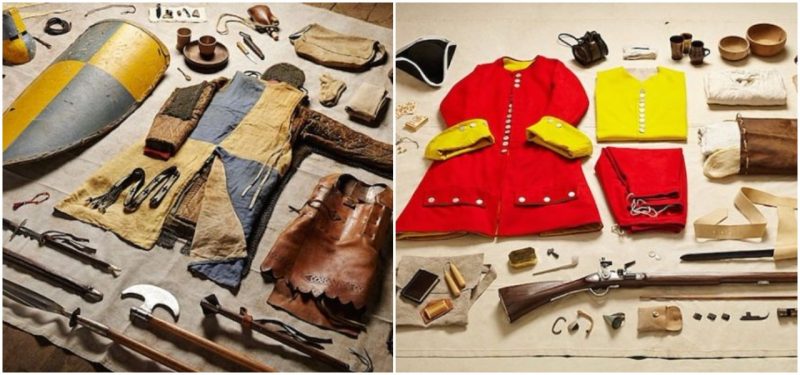You have probably heard the phrase “The empire on which the sun never sets,” but even if you haven’t, you can easily guess that this particular phrase has been used multiple times throughout history to describe the most powerful global empires that ever existed. There have been several such empires, but the fact is that none of them is comparable with the British Empire–the largest empire the world has ever seen.
For centuries, the British Empire shaped the history of the world. At its peak, it covered an area of 14 million square miles and had great power and even greater influence in a considerable number of countries.
An empire as great as the British clearly has a long and eventful military history, which in this case can be traced back to the year of 1066, when the Battle of Hastings was fought. But over the past 1,000 years, the British Isles have seen countless other battles that changed the history of the country and the entire world. Of course, British soldiers played a vital role in the shaping of the empire, but what could a common soldier do without proper military equipment?
Over the past millennium, the inventory carried by the common British soldier has evolved significantly. Now, thanks to photographer Thom Atkinson, whose series entitled “Soldiers’ Inventories” captures the battle kits from the Battle of Hastings through the Battle of Agincourt in 1415 to the Falkland’s Conflict in 1982, we have a clear look through history and learn some intriguing details about what a regular British soldier carried in battle over the past 10 centuries.
The Battle of Hastings in 1066
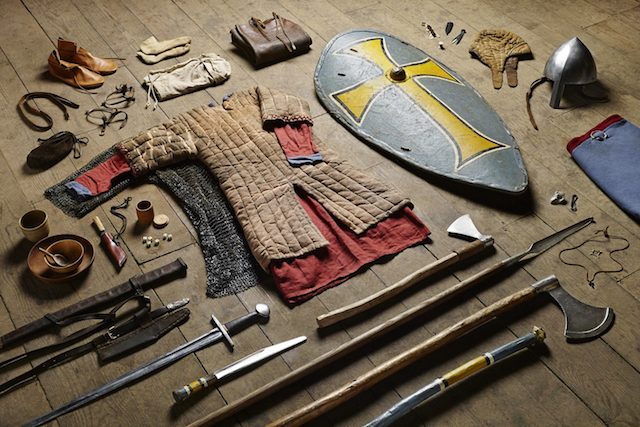
The Battle of Hastings is arguably the most important battle in English history. Fought on Senlac Hill between William of Normandy and his army and King Harold II of England and his English army, this battle ended in the defeat of King Harold II and largely shaped the future of Medieval England.
When compared with the modern-day soldiers’ equipment, it is clear that the 11th-century soldier carried only a few objects because of weight.
Mounted Knight, Siege of Jerusalem in 1244
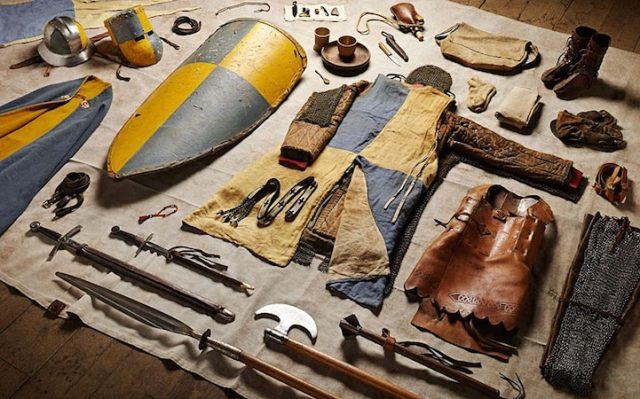
The Christian garrison in Jerusalem used this equipment when the city came under siege in 1244, but it didn’t help a lot, since the Khwarezmians managed to capture and destroy the city.
Battle of Agincourt in 1415
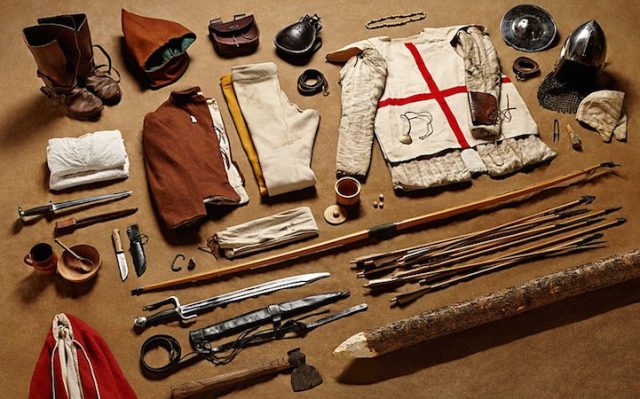
The Battle of Agincourt is one of the most famous battles of the Hundred Years War and the battle that inspired many literary geniuses, including William Shakespeare, who authored the iconic Henry V. Historians agree that the Anglo-Welsh archers won the battle against the French thanks to “the machine gun of its age”–the humble longbow.
The Battle of Bosworth 1485
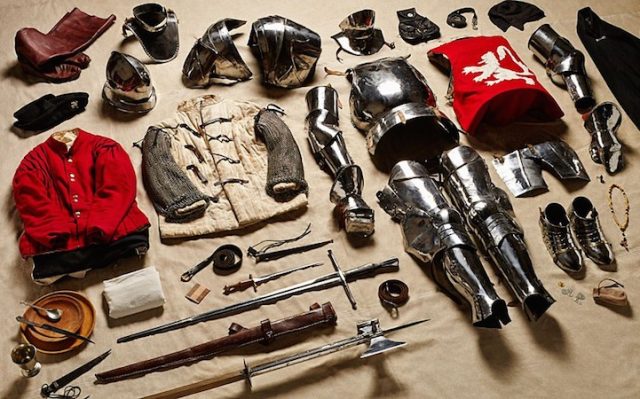
One of the many defining battles in the history of England is the Battle of Bosworth. Fought on August 22, 1485, this battle ended the reign of King Richard III and established the Tudor dynasty on the English throne.
The Armada in 1588, and the first to includes a gun

One of England’s greatest military achievements was the victory over the “Invincible Spanish Armada” in 1588. That year Queen Elizabeth I delivered the famous speech at Tilbury in Essex that inspired her troops to proudly defend England against the Spanish invaders.
New Model Army musketeer, Battle of Naseby in 1645
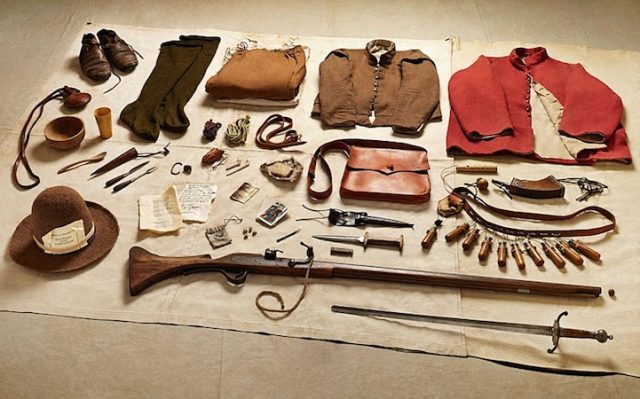
One of the decisive battles in the English Civil War was the Battle of Naseby. On June 14, 1645, Parliament’s New Model Army defeated the royalists, which marked the turning point of the war.
Private Sentinel, Battle of Malplaquet in 1709
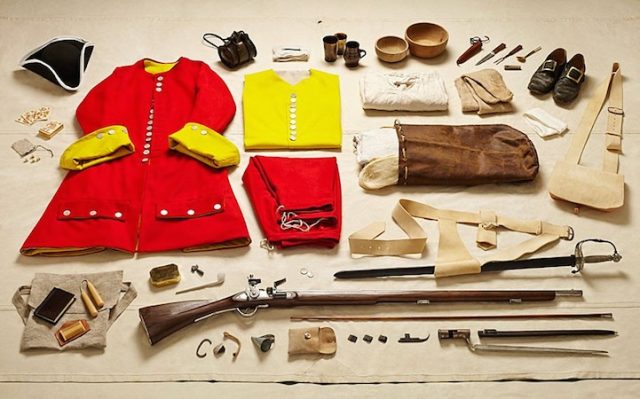
Fought in north-east France, the Battle of Malplaquet was the bloodiest battle of the War of the Spanish Succession. Spain and Bourbon fought an alliance that included England.
The Battle of Waterloo in 1815
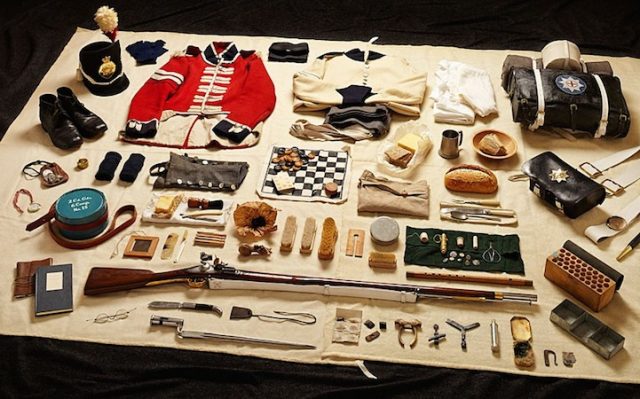
The Battle of Waterloo took place in Belgium on June 18, 1815, and marked the beginning of the end of Napoleon Bonaparte’s reign. In this battle, the British and their allies defeated Napoleon’s forces and put an end to the French domination in Europe.
The Battle of Alma in 1854
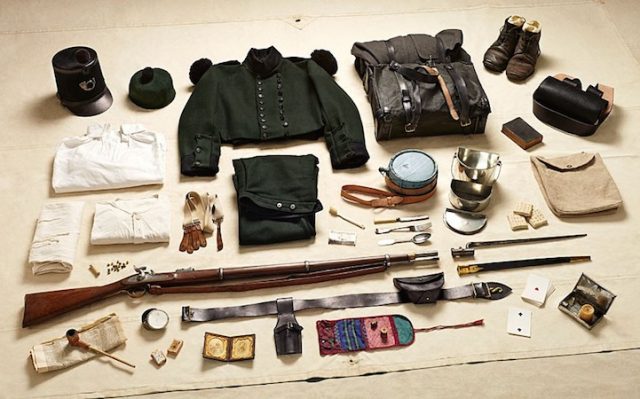
The Battle of the Alma was the first battle of the Crimean War fought between British, French and Turkish troops against the Russians. The allied army defeated the Russians, blocked their advance on Sebastopol, and forced them to retreat, which largely shaped the rest of the Crimean War.
Battle of the Somme 1916
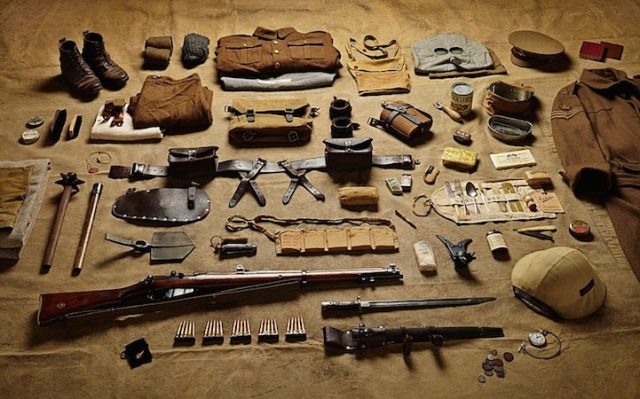
The date was July 1. The year: 1916. The place: The River Somme in France. It was here where one of the bloodiest and longest battles of the First World War ensued. For 141 days the Brits and their allies fought against the Imperial German Army, which ended abruptly due to harsh weather. This particular event is widely remembered as the first battle in WW1 that involved the use of tanks and air strikes.
Lance Corporal, Parachute Brigade, Battle of Arnhem in 1944

Remembered in the annals of history as one of the largest and most daring operations of World War II, the Battle of Arnhem was a plan to end the war early, but not everything went as planned. It was a military disaster that claimed the lives of over 1,000 soldiers and resulted in the capture of 6,000 more.
Royal Marine Commando, Falklands conflict in 1982
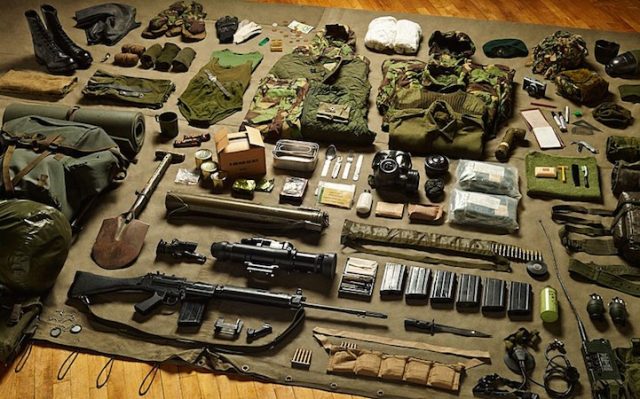
On April 2, 1982, Argentinian forces occupied the Falklands Islands demanding sovereignty over the territory. This resulted in a brief but very hostile conflict between the U.K. and Argentina, which ended in a defeat of the Argentinian Army.
Close Support Sapper, Royal Engineers, Helmand Province in 2014
This is not the only project included in Atkinson’s resume and if you want to see more of his work, you can visit his website.
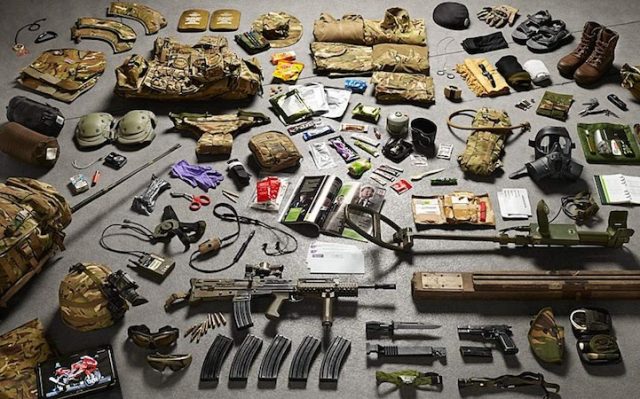
Atkinson’s project shows the exceptional similarities and differences between soldier inventory separated by decades and perfectly captures the evolution of military weapon. Swords became guns, helmets became gas masks.
While tools and arms have visibly evolved, the necessities remain the same. “The fact that certain objects recur is more fascinating than the ones that evolve,” said Atkinson, referring to the point that there is a spoon in every soldier’s gear.
Atkinson told the Telegraph that the project, which took him nine months, was an education. “I’ve never been a soldier. It’s difficult to look in on a subject like this and completely understand it. I wanted it to be about people. Watching everything unfold, I begin to feel that we really are the same creatures with the same fundamental needs.”
